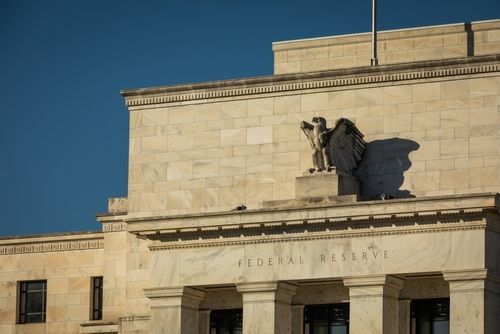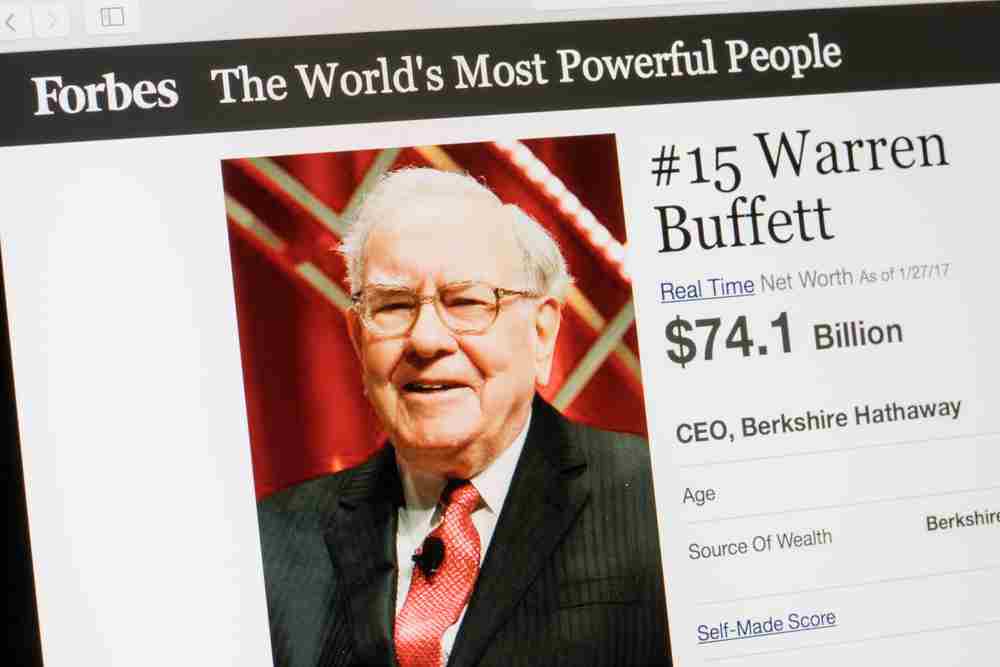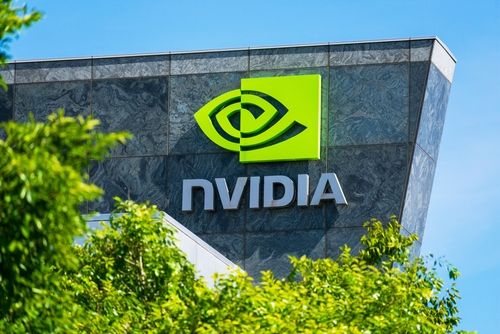ACHR Stock Price Drops Over 30% This Month, Cathie Wood Buys 3 Million ACHR Stock: Is Now the Time to Buy in Archer Aviation Stock?


Recent Archer Aviation News
Recent Archer Aviation News
TradingKey - In November 2025, Cathie Wood’s ARK Invest increased its holdings in Archer Aviation (NYSE: ACHR) by over 3 million shares, valued at more than $26 million. The stock now ranks among the top three holdings in both ARKK and ARKQ.
This move coincided with Archer Aviation’s Q3 earnings release and the announcement of a $650 million stock offering. The funds raised are earmarked for the acquisition of Hawthorne Airport in Los Angeles. This sparked investor concerns over equity dilution, causing the stock to plunge 14% post-market and extending its monthly decline to 37%.
Furthermore, Archer Aviation completed flight testing of its Midnight eVTOL aircraft in the UAE in November, demonstrating its flight capabilities in desert environments. The company aims to commence commercial flights in the UAE by 2026.
Archer Aviation has been consistently bullishly viewed and frequently analyzed by Cathie Wood. So, how strong is Archer Aviation's outlook? How high can the stock price go? Should investors consider buying after its recent 37% plunge? This article will delve into these questions.
What is Archer Aviation (NYSE: ACHR)?
Founded in 2018 and headquartered in California, Archer Aviation is an aerospace company dedicated to designing and developing electric vertical takeoff and landing (eVTOL) aircraft. These aircraft aim to offer a transportation alternative to reduce urban traffic congestion and are also applicable for military and defense purposes.
The company's flagship model, Midnight, is a four-passenger eVTOL aircraft that has completed demonstration flights exceeding 50 miles and reaching altitudes over 10,000 feet.
Archer Aviation went public in 2021 via a SPAC merger. As of November 19th close, its market capitalization stands at $5.47 billion, with no revenue generated to date.
Historical ACHR Stock Price
February 2021: SPAC Listing Announcement Fuels 37% Single-Day Surge
On February 10, 2021, Archer Aviation announced an agreement with special purpose acquisition company (SPAC) Atlas Crest Investment Corp. (ACIC), with the merger expected to close in Q2. Driven by high investor expectations for eVTOL technology and its multi-trillion-dollar market potential, ACIC shares surged up to 37% in pre-market trading that day. By mid-February, it even reached an all-time high closing price of $17.14, an increase of over 50%.
Archer Aviation stated that the transaction was expected to generate $1.1 billion in gross proceeds, including $600 million in private investment in public equity (PIPE) from investors such as automotive giant Stellantis and United Airlines. Furthermore, United Airlines placed an order for 200 Archer eVTOL aircraft, totaling $1 billion.
March - September 17, 2021: Pre-Listing Plateau
During this period, the stock price declined from its February high to around $10 and remained relatively stable with minor fluctuations.
On one hand, market enthusiasm for SPAC transactions gradually cooled in the first half of 2021, primarily due to many investments yielding lower-than-expected returns, as well as the SEC's increased scrutiny of SPAC deals in April 2021.
On the other hand, investors were awaiting the finalization of the merger, and uncertainties persisted, which stifled any significant upward momentum in the stock price.
September 17, 2021 - End of 2022: Accelerated Decline Post-Listing
In September 2021, the aforementioned merger transaction was completed, and the stock ticker changed to ACHR, bringing a substantial injection of capital into Archer Aviation. However, the stock price accelerated its decline, reaching an all-time low of $1.63 by the end of 2022.
This was primarily due to the market's cautious stance on its commercial prospects. The company consistently failed to generate revenue, while its losses widened and operating expenses increased. Furthermore, the uncertain outlook for the eVTOL industry exacerbated the market's bearish sentiment.
This also correlated with the prevailing macroeconomic environment. In 2022, facing severe U.S. inflation, the Federal Reserve hiked interest rates 7 times within a year, totaling 425 basis points, marking the fastest pace of tightening since the 1980s. This led to a contraction in market liquidity and a slowdown in economic activity, prompting investors to shift towards lower-risk assets, which negatively impacted high-risk, high-reward stocks like ACHR.
2023 - October 2024: Continued Volatile Swings
After touching a low of $1.63 at the end of 2022, ACHR began to rebound, closing 2023 up 228% at $6.14. In September, it even hit a high of $6.81, representing a 317% gain from its late-2022 low. This was primarily attributed to Archer Aviation's progress that year in partnerships and regulatory reviews.
In terms of partnerships, Archer announced in January 2023 that Stellantis would become the exclusive contract manufacturer for Archer eVTOL aircraft, assisting Archer in establishing its Georgia factory and committing up to $150 million in equity investment. In March, United Airlines and Archer announced the first commercial electric air taxi route in the U.S., and Archer received a $10 million pre-payment from United Airlines for the purchase of 100 Midnight aircraft. On July 31, Archer announced a contract with the U.S. Air Force valued at up to $142 million.
Regarding regulatory review, Archer announced in August that its flagship Midnight model received FAA airworthiness certification, indicating that the product met all safety requirements for flight test operations.
Entering 2024, Archer's stock price saw a significant pullback, halving by mid-year. This was not unrelated to Archer's three stock offerings in 2024, which raised over $900 million in total and exacerbated investor concerns about equity dilution.Multiple dilutive financings, higher-than-expected losses, and escalating operating expenses and cash burn led to ACHR's stock decline in 2024, closing October at $3.15.
November 2024 - October 2025: Significant Rally
During this period, ACHR's stock price surged significantly. In October 2025, ACHR's stock hit its post-listing peak of $14.62, representing a 364% increase from early November 2024. Positive factors primarily stemmed from ACHR's progress during this time.
As of February 2025, Archer Aviation completed three phases of FAA certification: obtaining the G-1 Issue Paper, Midnight's airworthiness standards, and three critical operational certificates. Currently, Archer Aviation has entered the final implementation phase, focusing on Type Inspection Authorization (TIA) testing. The company anticipates TIA testing to occur by late 2025 and expects to receive FAA Type Certification in 2026.
Additionally, in February 2025, Archer began production of its first Midnight aircraft at its ARC facility in Georgia. Archer was also selected as the official air taxi provider for the 2028 Los Angeles Olympics.
On the defense front, Archer announced two acquisitions in August: the patent portfolio of Overair to acquire efficient tilt-rotor technology, and the manufacturing assets and plant of Mission Critical Composites, a specialized defense composite manufacturer.
October 2025 - Present: Significant Decline
In November, Archer released its Q3 earnings, which not only missed market revenue expectations but also announced a stock offering plan, once again sparking market concerns about equity dilution. Furthermore, while the Q3 net loss was lower than the previous quarter, it still exceeded analyst expectations. Currently, the stock price has fallen from its mid-October high of $14.62 to the $7-$8 range.
This also correlates with the current macroeconomic environment. The latest U.S. corporate layoff figures for October exceeded 153,000, reaching the highest level since 2023 and indicating an economic slowdown. Investors are becoming more cautious about growth-dependent companies like Archer.
ACHR Stock Price Forecast: How High Can It Go in 2026?
According to the TradingKey stock rating system, 6 out of 8 analysts rate Archer Aviation as "Buy," with a consensus average price target of $11.563, implying over 50% upside from its November 19th closing price of $7.47.
However, individual analyst price targets vary significantly. For instance, JPMorgan lowered its price target from $10 to $8 on November 8th, while H.C. Wainwright maintained a "Buy" rating with an $18 price target.
Referencing its historical performance since listing, ACHR experienced annual declines of 40% and 70% in 2021 and 2022, respectively, followed by annual gains of 230% and 60% in 2023 and 2024. Year-to-date in 2025, as of November 19th close, it has seen a 24% decline.
Despite the generally optimistic analyst sentiment, given its historical volatility, investors should consider other factors before deciding whether to buy.
What Factors Will Influence ACHR Stock Price in 2026?
Historically, ACHR's stock price has been primarily influenced by several key factors. From the company and industry perspective: ① FAA certification progress; ② Commercialization progress; ③ Revenue and loss situation; ④ eVTOL industry conditions. From external factors: ① Regulatory policies; ② Macroeconomic environment.
FAA Certification Progress
Archer Aviation expects to conduct TIA testing by late 2025 and plans to obtain FAA Type Certification by late 2025 or early 2026. Test results and approval progress will be critical determinants of the stock price. Timely or early approval will positively impact the stock. Conversely, delays could lead to declines.
Moreover, it is noteworthy that increasing expenditures and expanding asset scale before testing and approval may draw market skepticism, potentially leading to a stock price drop. Archer's November announcement to acquire Hawthorne Airport for $126 million raised questions from some analysts.
Regulatory delays are common in the aviation industry, and purchasing airport infrastructure before commercial operations have begun might be premature. The $126 million upfront payment could have been used to accelerate the certification process or aircraft testing.
Commercialization Progress
In terms of commercialization, the company has initiated collaborations with Abu Dhabi Aviation, Korean Air, and Japan Airlines, among others.
Archer Aviation has successfully completed Midnight aircraft flight testing in the UAE and has begun receiving payments under its agreement with Abu Dhabi Aviation, marking a significant step from its R&D phase towards commercialization. Archer plans to launch commercial air taxi services in the UAE in 2026. The UAE General Civil Aviation Authority expects air taxi certification to be completed by Q3 2026. For Archer, the operational performance of its first commercial flights will validate its business model, reduce losses, and potentially boost the stock price.
Furthermore, Archer's commercialization is also tied to its production capacity. Archer's near-term goal is to increase annual production capacity to 50 aircraft and expand to 650 aircraft by 2030. However, this may not meet market demand, especially considering Archer has an approximately $6 billion order book for over 1,000 aircraft from customers including United Airlines, Abu Dhabi Aviation, Future Flight Global (FFG), and Korean Air. If Archer fails to scale up and increase production capacity in a timely manner, competitors like Joby Aviation could capitalize on this capacity gap to gain market share, thus impacting the stock price.
Revenue and Loss Situation
Many analysts anticipate revenue generation to begin in 2026. Based on the predicted capacity of 50 aircraft and a pricing of $5 million per aircraft, 2026 revenue could reach $250 million. Archer's own full-year 2026 revenue forecast has been revised downwards from $180 million to $150.6 million. If production capacity increases faster than expected, or if there are other revenue streams, the stock price could rise.
The market expects Archer to continue incurring losses in 2026 but will closely monitor the pace of loss reduction, which will reflect the company's ability to control costs.
Moreover, the amount of loss will also determine Archer's cash burn rate. The company typically consumes around $400 million annually. Public data indicates that Archer holds approximately $1.7 billion in cash after recent financing, with total liquidity around $2.2 billion, making it one of the most liquid airlines in the industry. Archer's current cash reserves can sustain its operating expenses for several years without additional financing. However, an unexpected increase in the cash burn rate could negatively impact the stock price.
eVTOL Industry Landscape
Market sentiment towards the industry, competitors' progress, and technological breakthroughs in the sector will all impact the stock price. Currently, Archer and Joby Aviation are relatively leading players, vying for leadership in the eVTOL market.
Relatively, Joby's FAA certification progress is faster; in November 2025, it commenced power-on testing for its first FAA-compliant aircraft built for TIA testing. Should Joby be the first to announce FAA certification approval or achieve success in validating its business model, it could boost market confidence in the industry, thereby lifting sector stock prices. However, if Joby significantly outperforms Archer, it might capture market share, negatively impacting Archer's stock price.
FAA Regulatory Policy
Currently, the FAA has established a regulatory framework for eVTOL aircraft, providing clear certification and operational pathways, and has issued final airworthiness standards for eVTOL aircraft. While rules may be adjusted in the future based on test data from relevant companies, fundamental changes are unlikely. However, if the FAA delays progress on certification due to safety or other considerations, it would negatively impact the stock price.
Macroeconomic Environment
The market widely expects the Federal Reserve to continue cutting interest rates in 2026, thereby increasing market liquidity, which would benefit unprofitable, high-growth startups like Archer. However, if rate cuts fail to stimulate economic growth and curb signs of recession, ACHR's stock price could decline.
Financing Situation
In addition to the fundamental factors mentioned above, ACHR's financing situation is an additional consideration, as the company has repeatedly raised capital through stock offerings. Historically, these financing activities have caused significant volatility in its stock price.
Generally, financing increases cash reserves, preventing operational disruptions due to funding shortages and allowing the company to focus more on R&D. However, for ACHR, financing could have a negative impact, especially given the market's intense focus on the company's loss situation. Financing could be interpreted as a sign of further widening losses. Furthermore, raising capital through stock offerings causes equity dilution, leading to a negative impact on the stock.
Is Now the Right Time to Buy ACHR?
According to Morgan Stanley, the eVTOL market could reach $1.5 trillion, or even $2.9 trillion, by 2040. This implies that buying ACHR stock now could potentially yield substantial returns. However, as an early-stage growth stock, ACHR still faces significant uncertainties. Any setback in the aforementioned factors could lead to a substantial decrease in its valuation.
After thoroughly considering the risks of investing in this stock, how can one assess whether the current price is a "good deal"?
First, since ACHR has not yet generated revenue or profit, traditional financial metrics cannot be used for valuation. From a valuation perspective, as of November 19th close, ACHR's market capitalization stands at $5.47 billion. A stock's valuation reflects the market's comprehensive consideration of its current assets, future earnings, and growth prospects.
Currently, Archer has a $6 billion order book and concrete annual production plans. If the company's annual production increases, regulatory approvals proceed, and commercialization progresses as expected, enabling timely and successful delivery of the $6 billion in orders, then the current market capitalization is not only reasonable but potentially undervalues the stock. In such a scenario, buying at the current price could be considered.
Furthermore, from a risk premium perspective, if investors believe that the current stock price already reflects the market's assessment of the company's risks (i.e., inability to fulfill orders, failure to obtain timely approvals), then the current price does not include any premium due to market euphoria, suggesting that buying now might be a "good deal."
The decision to enter the market hinges on a balancing act of risk-reward, and an assessment of the likelihood of achieving future key milestones.
FAQ
Besides Cathie Wood, which other funds have invested in ACHR?
Vanguard, BlackRock, Morgan Stanley, Abu Dhabi Investment Holding Company 2PointZero, among others, hold ACHR stock. Notably, Vanguard increased its holdings by 16,452,398 shares (+45.8%) in its Q3 2025 portfolio, and Morgan Stanley increased its holdings by 4,665,927 shares (+56.5%).
What are the current resistance and support levels for the stock?
There is a strong resistance zone above $10, which has been a difficult barrier to break during recent rallies, and $10 also serves as a significant psychological level. The area around $7 represents an important support zone, where the stock may encounter strong buying interest if it declines to this range.
This content was translated using AI and reviewed for clarity. It is for informational purposes only.







